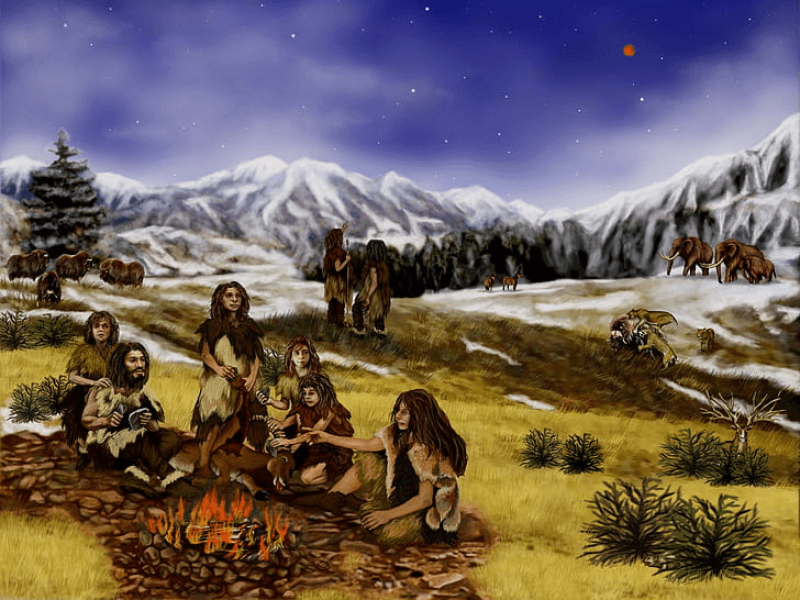Ancient DNA has helped scientists reconstruct evolution and adaptation among humans living in Eurasia over the course of 30,000 years.
That lengthy period of evolution — starting about 85,000 years ago — would have aided human adaptation to changing climatic conditions so they could leave the middle east and migrate to colder climes across Asia and Europe.
The analysis of thousands of ancient genomic samples by scientists from the Australian National University, University of Adelaide, UNSW and UTS, shines a light on a period of stagnated human movement they describe as the ‘Arabian Standstill’.
This adaptive evolution appears to be a response to the arrival of humans in new locations, as well as natural changes to the climate.
As the genetic evidence of a shared evolutionary event is carried by most modern humans, this points to a momentary adaptation that occurred before groups left the mid-east and spread across the planet.
“In the general vicinity of the middle to near East, people have stagnated there for a good period of time until they actually adapted to the colder climates,” Souilmi says.
“That’s what we call the ‘Standstill’, so they’ve just hung around there – obviously it wasn’t an organised thing – and it’s that they expanded from there when it became advantageous or possible.
“And it’s very, very, very slow – we’re talking around 30,000 years, that’s three times longer than we’ve had farming.”































